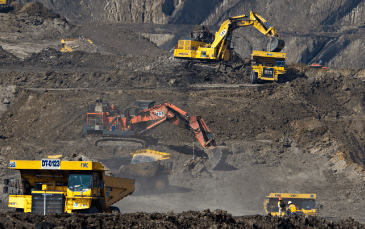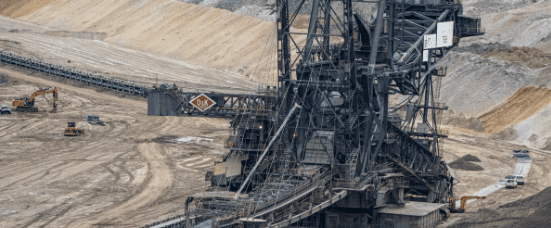A new report says that in 2023, the Drax power station was the biggest carbon emitter in the UK and generated four times more carbon emissions than the country’s last coal plant. The findings throw a spanner into the works regarding the firm’s “carbon neutral” claims. The allegations come at a time when the firm received more than £0.5 billion in clean-energy subsidies last year. Drax rejects the findings as flawed.

According to a recent report, Drax power station is the UK’s largest emitter of carbon. Despite spending billions of pounds in subsidies for the switch to biomass energy, this power plant still emits much more CO2 than any other plant within the country.
The Drax power station in North Yorkshire generates electricity by burning wood pellets in a facility imported from North America. Last year, Drax produced 11.5 million tons of CO2. That is almost 3 percent of the total carbon emissions for the whole of the UK. To put that into perspective, that is four times more CO2 than the final coal-fired power plant in the UK—located in Ratcliffe-on-Soar, Nottinghamshire. The coal plant is due to close this September.
The project, however, a new report by climate think tank Ember, found Drax released more carbon than the next four most polluting power plants in the UK combined. The report raises concerns about how effective biomass energy really is in cutting carbon.
Frankie Mayo, an analyst at Ember, said, “Burning wood pellets can be as bad for the environment as coal; supporting biomass with subsidies is a costly mistake.” For years, Drax has claimed to be “carbon neutral” because the trees that go into the wood pellets absorb CO2 while growing. From what appears, that is far from the truth. Detractors explain that burning these wood chips, for instance, produces more emissions per unit of electricity than burning coal or gas.
Since 2012, Drax has taken almost £7 billion from British energy bills to subsidize production of biomass. In 2023 alone, this reached £539 million in subsidies. Now the firm is banking on future support beyond the current subsidy scheme, which finishes at the end of 2027, to help keep its biomass operations running until the end of the decade.

Drax is intending to use more subsidies to install more technology at its plant that could capture carbon dioxide. The technology is known through a project called “bioenergy with carbon capture and storage” (BECCS). Drax has set a target to become the world’s first “carbon-negative” power plant by the end of the decade; it means that they are going to take out more carbon dioxide from the air than it will produce.
A spokesman for Drax attacked the Ember report as “flawed.” The spokesman said that it had ignored the way Drax treats carbon accounting, which is endorsed internationally. On the other side, the spokesperson stood up for the BECCS technology, stating, “The technology which underpins BECCS is proven, and it is the only credible large-scale way of generating secure renewable power and delivering carbon removals.
However, a government spokesperson disagreed with the report, saying it “fundamentally misrepresents” how biomass emissions are measured. They pointed to the fact that the Intergovernmental Panel on Climate Change does allow for the energy production of biomass if it meets strict sustainability criteria. The government promises to continue monitoring biomass electricity generation to make sure it comes up to scratch.
Long-term climate plans have included BECCS in their scenarios according to institutions like the IPCC and the UK Climate Change Committee. It is said to allow governments to hit their climate targets. But concern has grown as the National Audit Office—which oversees how government money is spent—warned this summer that ministers had given £22 billion in subsidies for burning wood without proving the industry met sustainability standards.
Frankie Mayo, from Ember, said: “Burning wood for power is an expensive gamble that undermines UK energy independence and has no place on the road to net zero.” Calling for “real security” in energy, Mayo says: “Good energy security can and should be based on renewable energy sources, like wind and solar power. Real security must be based on planning and then operating the power system efficiently.”.

Yet despite these concerns, the financial performance of Drax remains very much intact. The company has returned a profit of £500 million for the first half this year, partly thanks to nearly £400 million of biomass subsidies. Shareholders have also been rewarded with a £300 million payout in the same period.
As the debate on biomass energy rages on, many indeed question whether the subsidies for Drax and other such plants are, in fact, a good use of resources.


